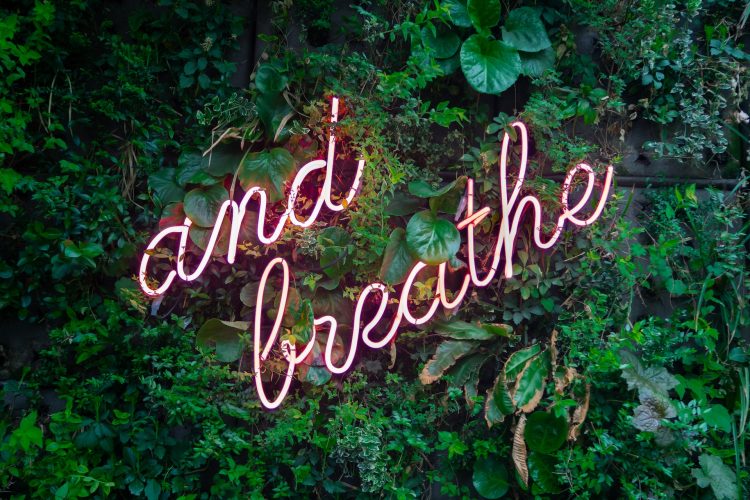The 4-7-8 breathing exercise is based on the pranayama exercise (an ancient yogic practice that involves controlling one’s breath) and is meant to calm one’s body, mind and spirit.
In essence, the 4-7-8 breathing technique helps one tap into their inner calm, helping all body systems, from the intensely worked-out nervous system to one’s sleeping pattern.
Mindful breathing techniques have been adopted for relaxation and stress reduction over the years. If you are looking to lower your stress, find ways to calm yourself without relying on external inputs, and seek to become more mindful, then the 4-7-8 breathing exercise might be for you. Here is what you need to know about the 4-7-8 breathing exercise.
What is the 4-7-8 Breathing Technique?
The 4-7-8 breathing technique was advanced by Dr. Andrew Weil. In essence, the method is based on the attributes of the ancient yogic technique called pranayama, which allows practitioners to gain control over their breathing. Practicing the 4-7-8 breathing technique regularly helps people fall asleep in a shorter period. The technique has found diverse applications in the field of integrative medicine.
The Steps Present in the 4-7-8 Breathing Technique
Here are the steps involved in the 4-7-8 breathing technique:
Inhaling through the nose for four counts.
Then, holding the breath for seven counts.
Finally, exhaling via the mouth for eight counts.
Similarities to Other Practices
Overall, the entire 4-7-8 breathing exercise can be compared to other practices such as:
Guided imagery to help you focus on happy memories
Alternate nostril breathing
Visualization to help you focus your mind on the path of natural breathing
Mindfulness meditation
Benefits of the 4-7-8 Breathing Technique
What are the different benefits of this particular breathing technique? Well, these benefits are applicable in exercising and in other breathing techniques as well. Here are a few of the key reasons why practitioners may have this as a part of their regular routines.
- Reduced anxiety
- The 4-7-8 breathing exercise triggers the parasympathetic nervous system into action.
- The process leads to the relaxation of the sympathetic nervous system and eventually calming down.
- Remember, the parasympathetic system goes into overdrive when you are stressed. Therefore, the calming effect reduces the stress and anxiety levels of the body.
The issue with anxiety is that it can be present for a while and lower overall quality of life. Reports indicate that it can have an impact on long-covid. Further, we are seeking to understand the aspects of anxiety and have yet to delve into the various nuances present in this concept. While anxiety can help to boost performance, it is important to understand when it is useful and when it isn’t.
In addition, while stress can be good for you and can contribute to peak performance, moderation is critical as long bouts of stress can lead to detriments in health.
This breathing technique mentioned above can help to regulate anxiety and stress to live in a more holistic manner. Breathing is a fundamental part of living and understanding all of the benefits of different breathing techniques can be very beneficial.
Source by geekinsider.com





























